
不入流作家,用文字記人、記鬼、記食、記人生……
The foot of the station (9): Xizhi, in addition to Costco, there are also ancient houses
Xizhi, in my childhood impression is - flooded
Xizhi, in my impression when I grew up is - Costco
All in all, for me, Xizhi is a place where "I won't go if I have nothing to do, but I will go shopping if I have something to do ". If it wasn't for the "Station Walk" travel plan this time, I would definitely not regard Xizhi as a travel destination for the rest of my life. However, after going this time, I decided to go again if I had the chance, and not for Costco.
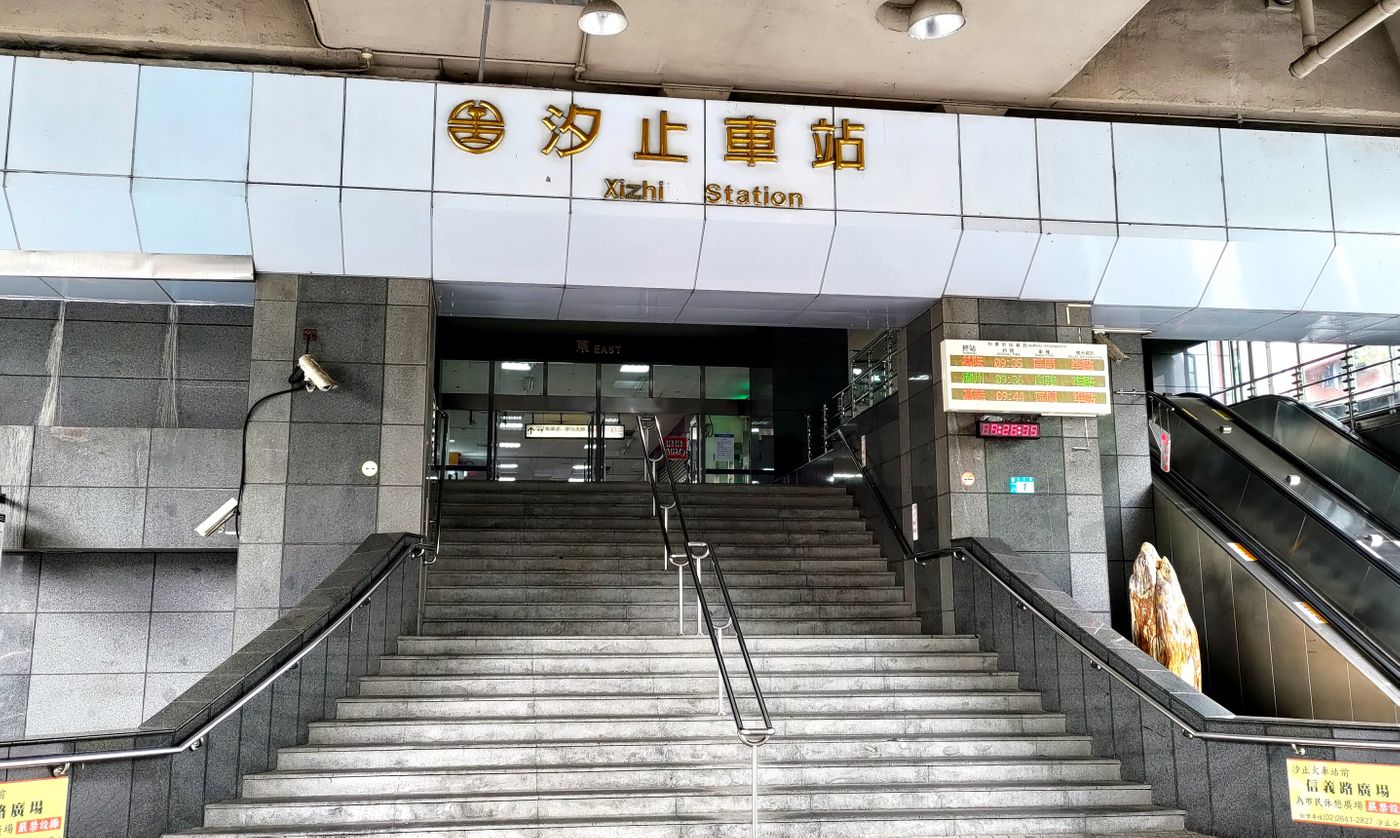
We started from Xizhi Railway Station, and our first stop was the most lively " Xizhi Old Street ". To be honest, the word "Old Street" actually has a derogatory meaning in my dictionary. It's not that I like the new and hate the old, but that many streets in Taiwan named "Old Street" are only pseudo-traditions that are deliberately decorated. elements, and the whole street is full of highly repetitive sightseeing goods or street snacks that are also available in other places, but the heritage of the old street has long been lost.
However, when I walked into Xizhi Old Street, I realized that it is not actually an old street to meet the needs of tourists, but a market for local residents to buy ingredients, so there is no trace of over-tourism. The street is bustling with Obasan, who is carrying a large bag, and Oguisan, who unceremoniously rides his motorcycle into the crowd, and no one travels with a backpack like us.

Before you hit the road, you have to fill your stomach. We stumbled upon the old shop " Jinfeng Babao Dongfen Mushroom Pork Soup", which amazes us. Their meat soup is not only mellow and firm, but also the slender mushrooms in this bowl. The soul of the soup, the thick mushroom fragrance reverberates in the mouth and stomach, it is the taste of ancient times.
With a mouth full of ancient taste, we strolled onto this Zhongzheng Road, formerly known as "Shuihuijiao Street". While walking, although I have to dodge the food baskets riding motorcycles from time to time, I don't feel disgusted, because this is the daily life of the local market in Taiwan.
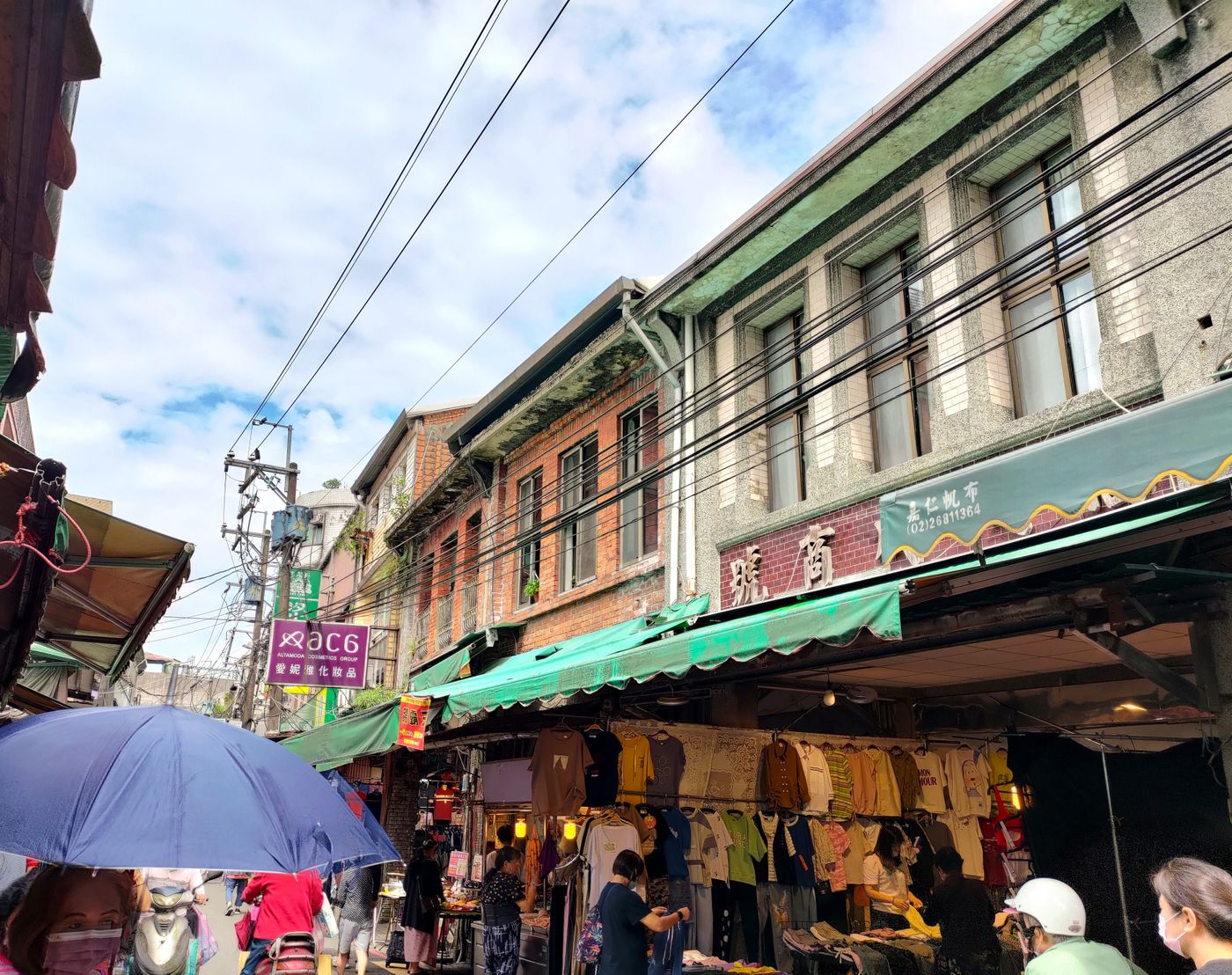
Perhaps because there is no attempt to develop tourism, the buildings on both sides of Xizhi Old Street are very old and natural. Xizhi, located in the middle reaches of the Keelung River, since Taiwan opened its port in the Xianfeng period of the Qing Dynasty and the tea trade has become increasingly prosperous, due to its unique geographical location, tea farmers in the nearby mountainous areas will first transport tea to this place for refining; Go to Shezi Island, then turn left and go south to the Danshui River, and go to Dadaocheng for business. Therefore, Xizhi used to be a major cargo transfer station on the Keelung River, leaving behind numerous baroque-style commercial houses, self-owned houses, old docks, public markets, farm warehouses, and other sites.
When we walked between No. 128 and No. 130 of Zhongzheng Road, we inadvertently found a narrow gate hidden in Lane 132 , which was not even displayed on Google Maps. The alleys are full of carts, plastic baskets, plastic buckets, etc. used by the stalls, making the narrow gate very inconspicuous. If I hadn't been sharp-eyed, I would have missed this precious historical relic.
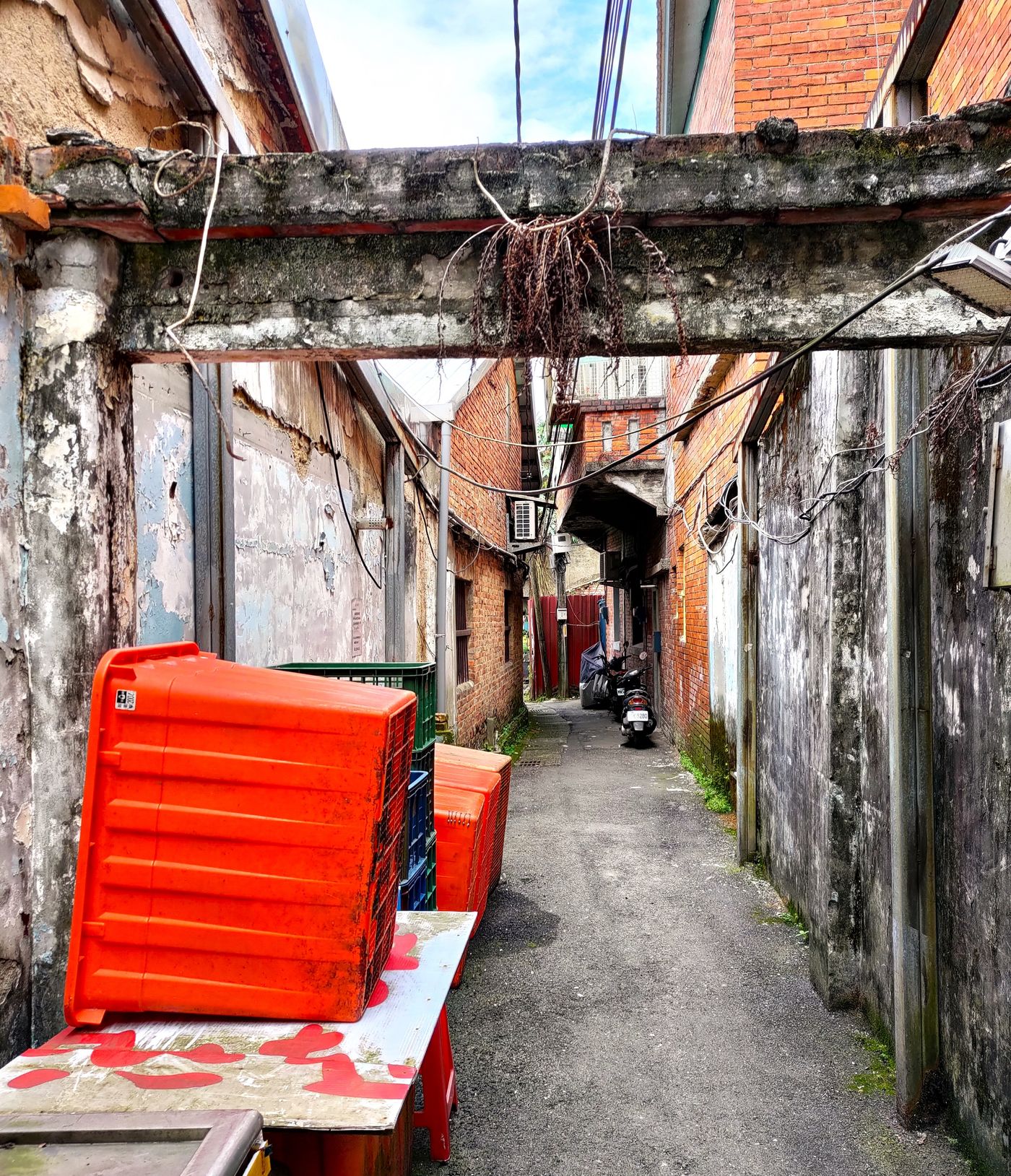
Upon closer inspection, the stone bricks on the door still vaguely see the tenon holes that may have been used to install the door. A hundred years ago, every night or when there was a group fight, the doors were tightly closed to ensure the safety of the residents. Today, the times are different, and the security is not so bad that the narrow gates are needed to guard, and the narrow gates that have been demolished have lost their barrier function, but I still hope that the local government can rectify and plan properly, at least retain the function of telling history for it.
Walking into Lane 132, the houses behind the narrow gate still retain the original appearance of the red brick walls, but the roofs of several buildings are covered with iron sheets, like an elegant and stable local gentleman, but he wears a shoddy coat on his head incongruously. cheap baseball caps. However, there is another old house in the alley. Except for the stainless steel doors and windows on the first floor, the roof from the second floor is almost unchanged, and weeds and vines are allowed to grow arbitrarily, just like a local gentry wearing a straw hat. , exuding a lovely style, I couldn't help but stay in front of the house to watch it for a while.
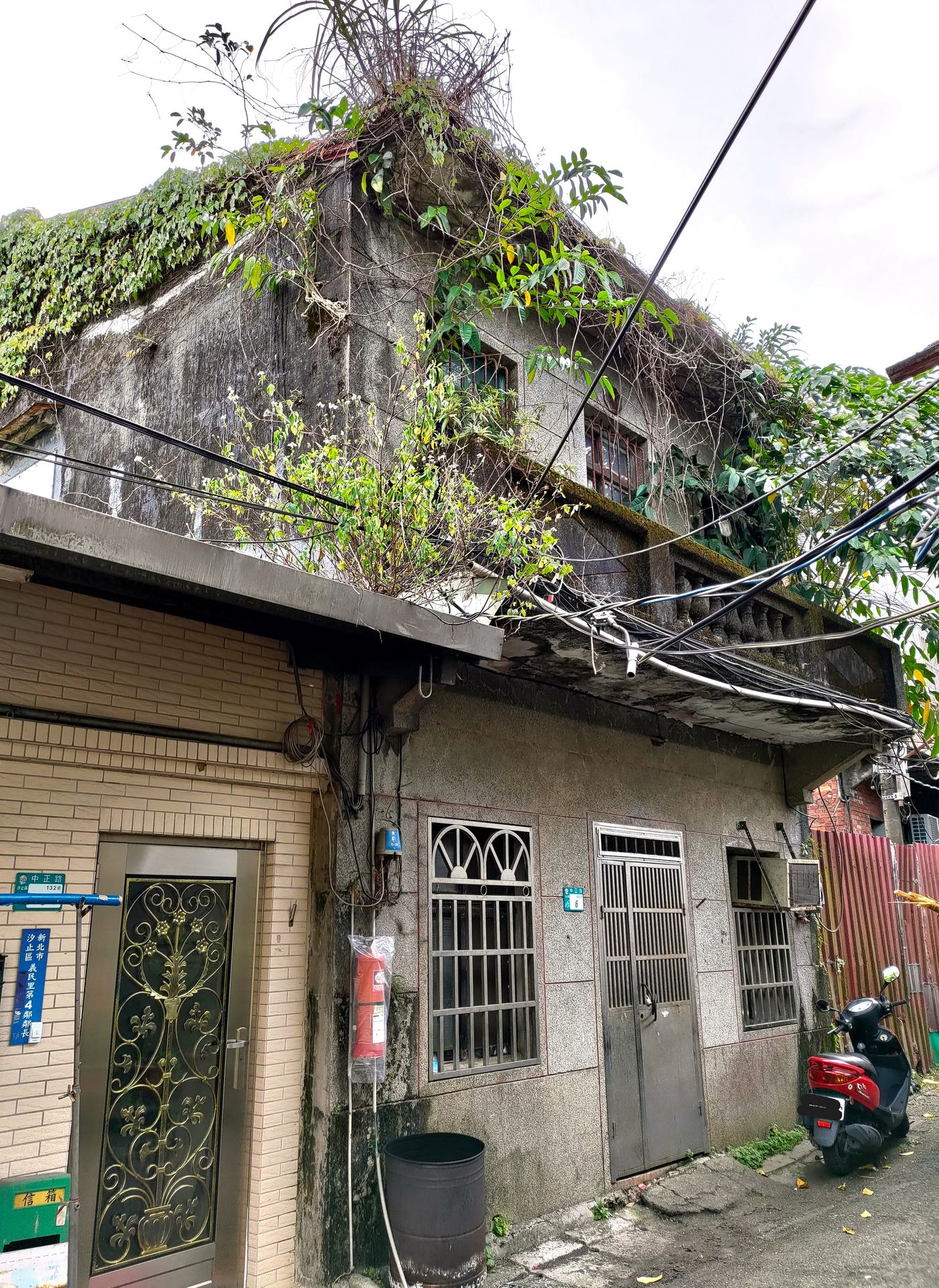
Since there are settlements, there are naturally temples. The center of belief in Xizhi is the " Jide Palace " (also known as "Mazu Temple") in Limen. The history of the temple can be traced back to the Jiaqing period of the Qing Dynasty. When I walked to the entrance of the temple and saw the stills of the TV series "Psychic Girl", I realized that this is the main location for "Psychic Girl".
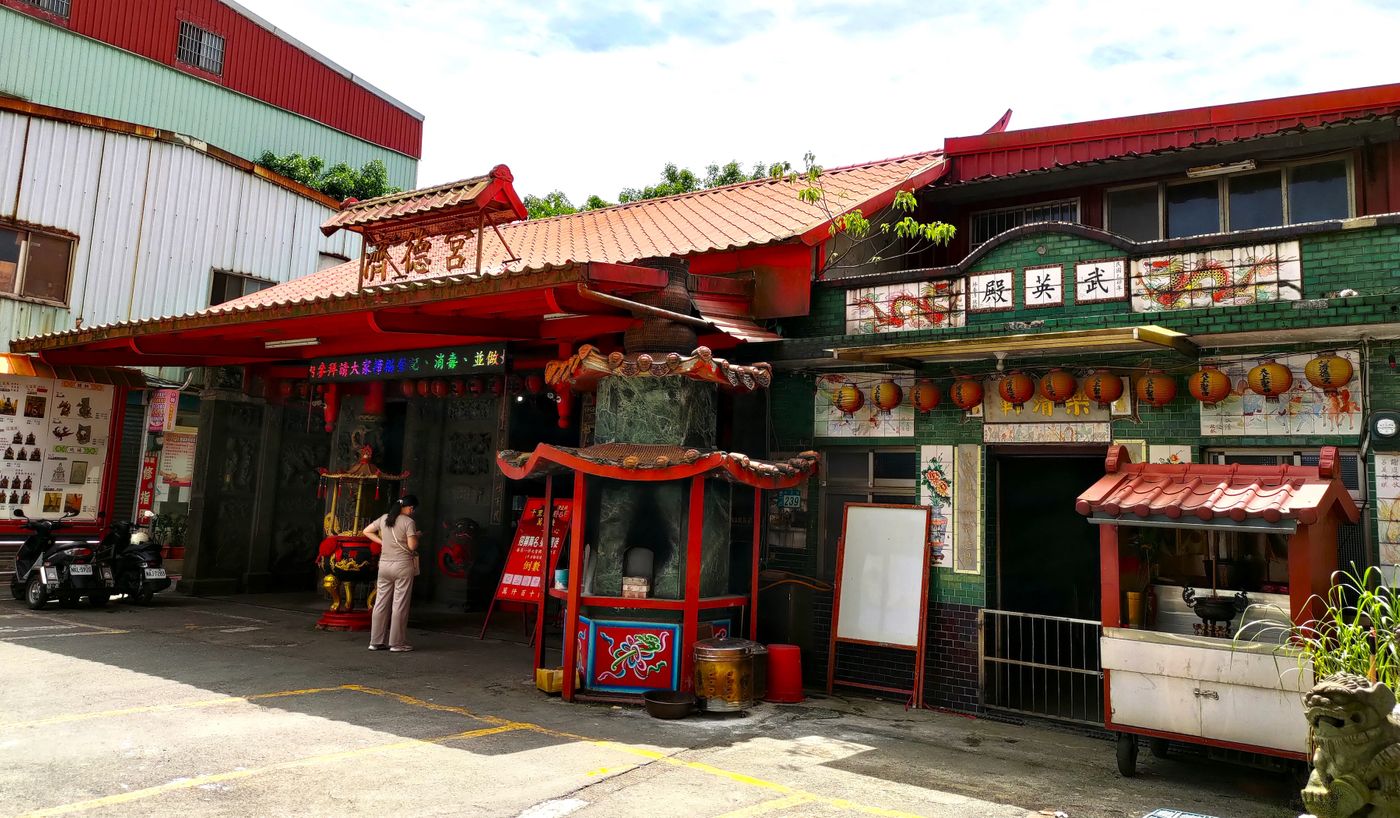
I remembered that in the first episode, when Xie Ya, the fairy in the palace, was packing up and preparing to close the palace gate, a figure in a black peaked cap hid in the dark and looked around furtively but hesitated. It turned out that it was the singer Alice who wanted to come. Find her to channel and communicate with her deceased girlfriend. After the human-ghost was successfully connected, Alice played and sang a song "Never Come Back" - this scene created a mysterious and eerie atmosphere. I think it was only possible to take pictures of the sparsely populated temples at night when they were hidden in the market dwellings. Get this feeling.
Jide Palace originally enshrined Doctor Baoyi. It is said that after the war, after the war, once Doctor Baoyi returned from a tour with Patriarch Qingshui, he did not return to Jide Palace, but turned to the " Xizhi Shrine " on the nearby park road (formerly known as Xizhi Shrine). The residence of Prince Nohisa Kita-Shirakawa Palace). At this time, the Japanese gods in the shrine were repatriated with the Japanese as early as the Nationalist government came to Taiwan; since Dr. Baoyi entered, Xizhi Shrine has been transformed into a " Zhongshun Temple ". Today, behind the three golden characters on the temple monument, the four characters "Xizhi Shrine" can be vaguely seen. It is obvious that the whole temple is covered with Chinese characteristics on the Japanese architectural materials.
However, what I am more curious about is: is it really the gods who moved first, and then changed the shrine to a temple? Or is it because of the change of political forces that the oath of sovereignty comes first before creating the myth that the gods moved? Maybe it takes Xie Yazhen to be psychic to find out.
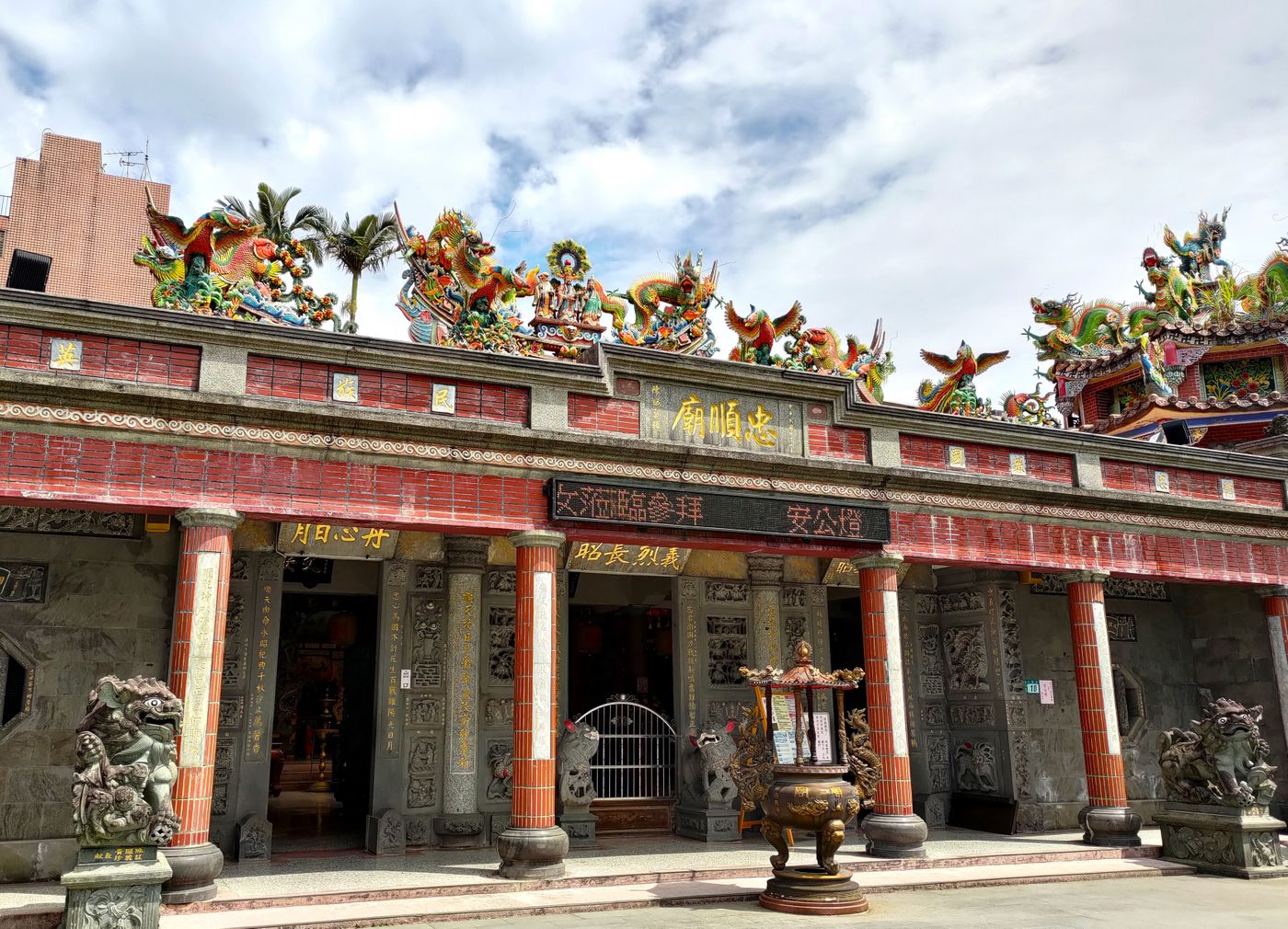
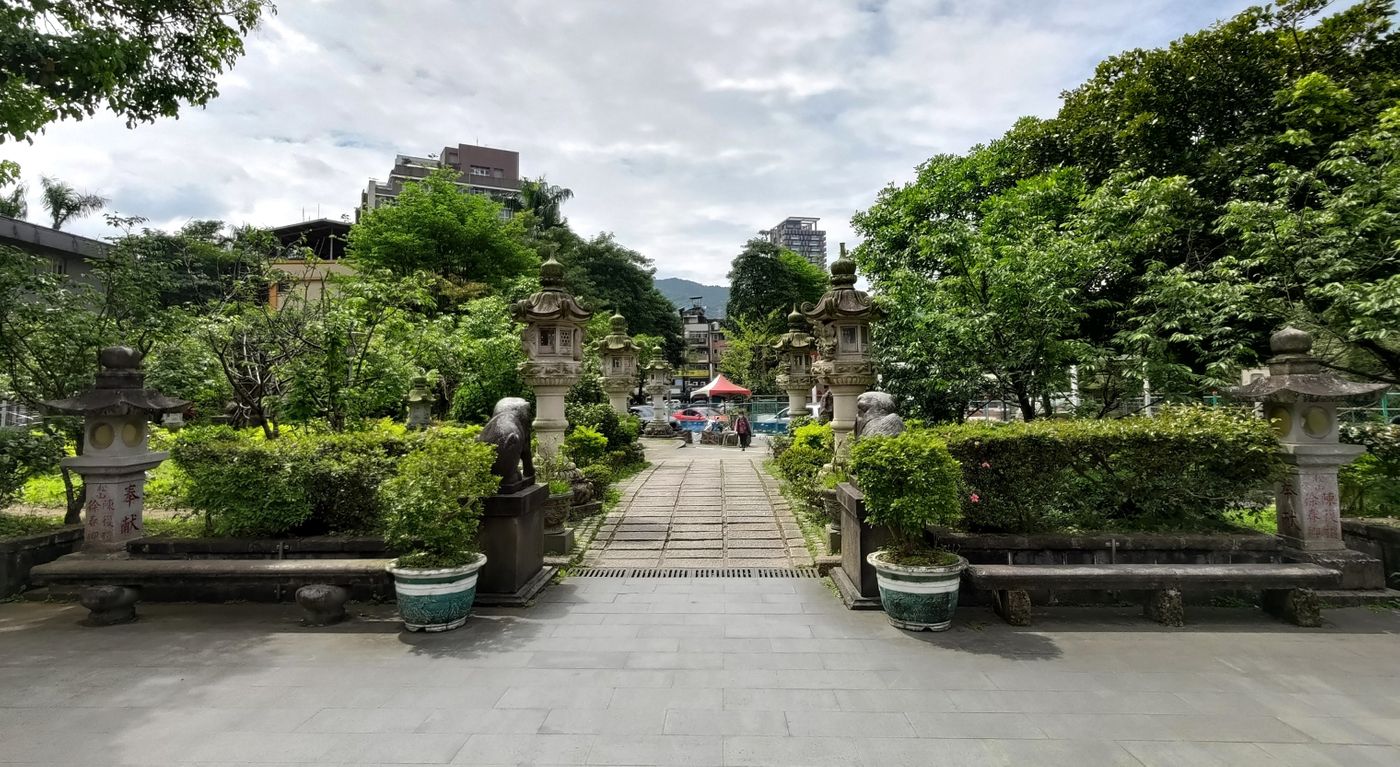
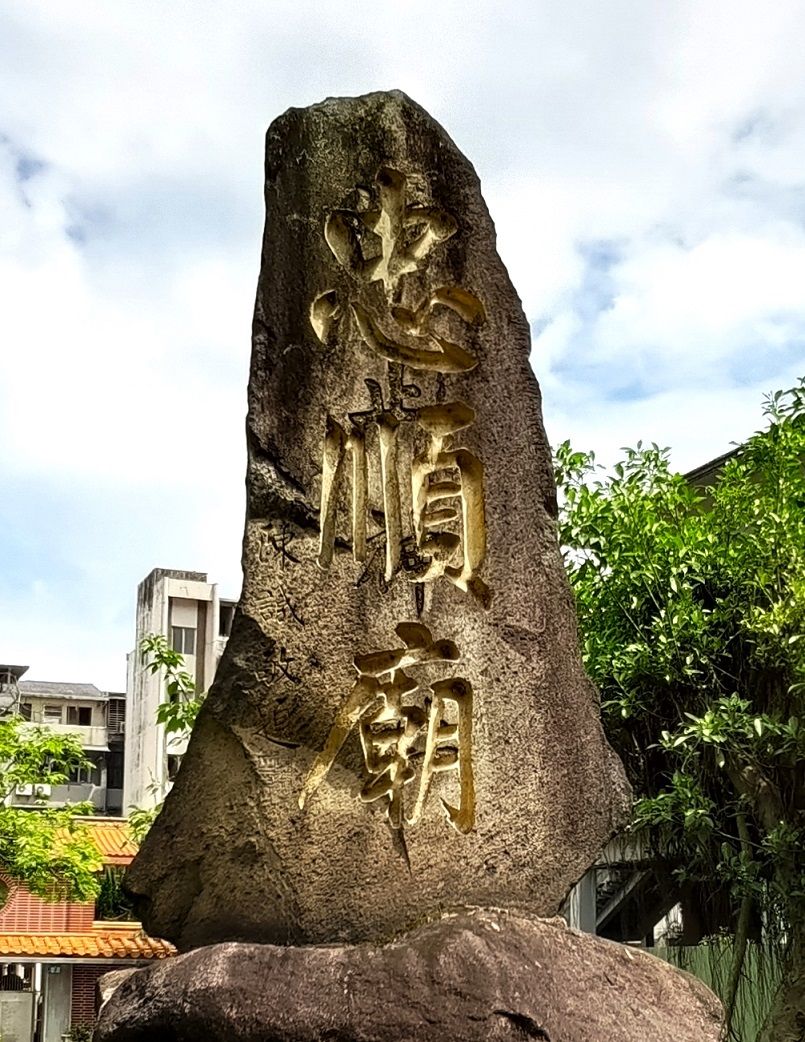
There are countless ancient houses on Xizhi Old Street. We took Zhongzheng Road as the main axis, we shuttled back and forth between alleys, searched for old houses like treasure hunts, and had a lot of fun.

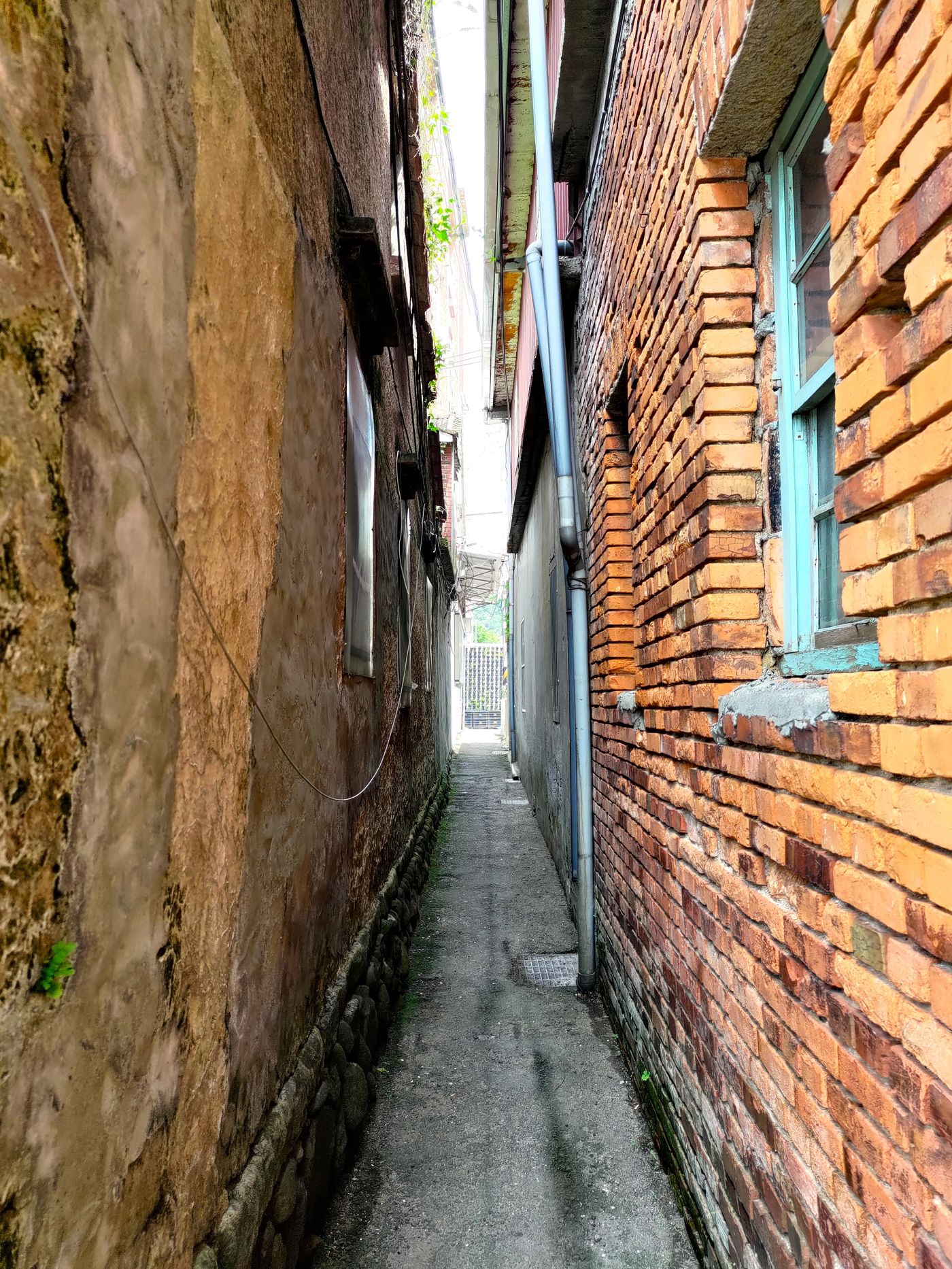


Walking and walking, when you come to Limen Street, don't think that Xizhi Old Street is finished. Turn right and go towards the river bank. Follow the path beside the bridge for about 20 meters. If you are not mentally prepared, you will be amazed by this ancient house. It stands on the Keelung River for nearly a hundred years and has witnessed the grand trade of thousands of sails and merchants - Chen Wanqi Ancient House .
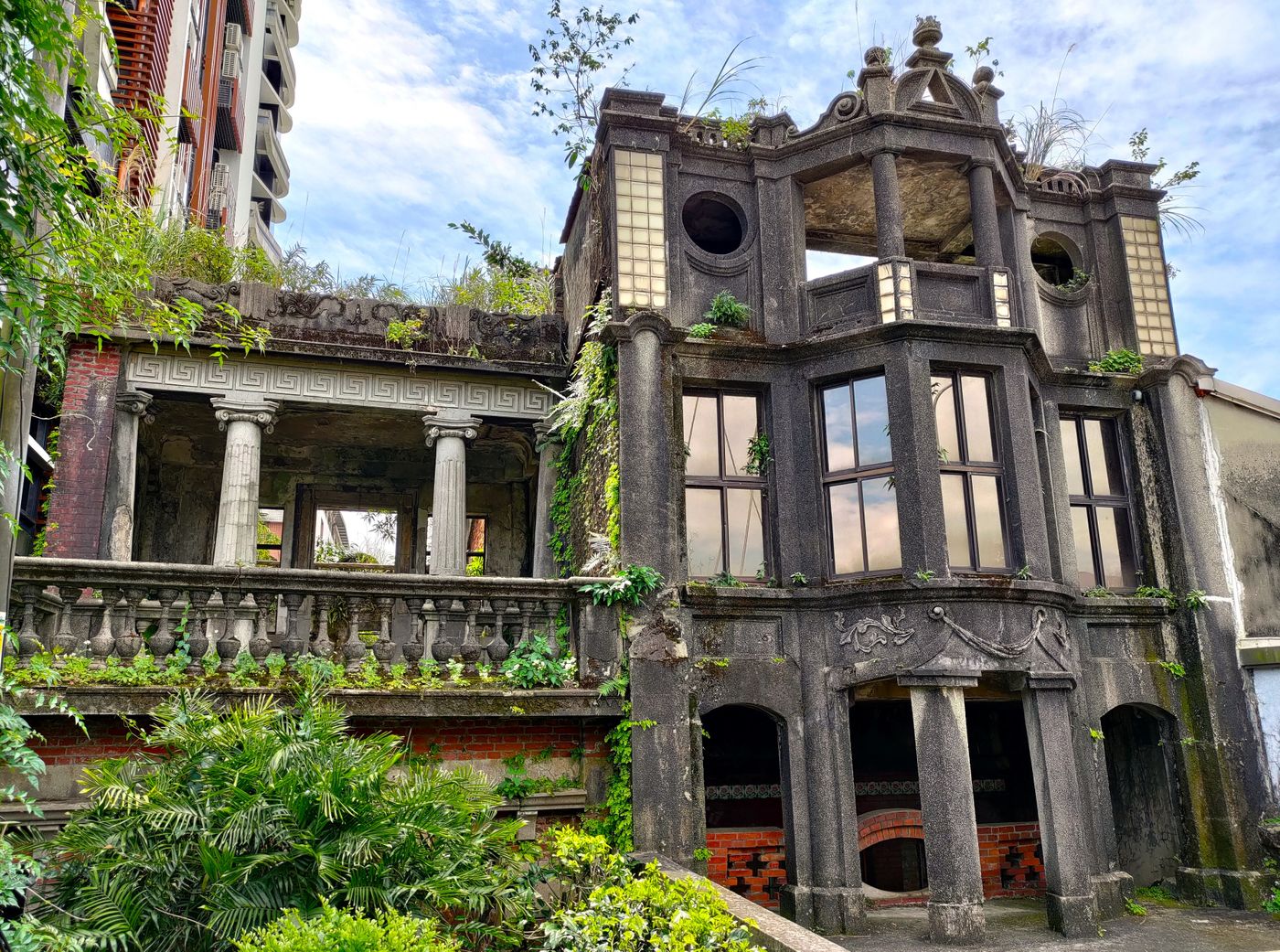
Chen Wanqi was a local wealthy businessman. This self-owned house was built in 1926 and was designed by a master from Quanzhou. It combines Baroque and postmodern architectural styles. It should have stood out from the crowd at that time. It is not an exaggeration to call it the Xizhi Emperor Bao a hundred years ago. Even today, with the new high-rise buildings clinging to the side, it still retains its splendor and attracts the attention of travelers.
When I was curious, I walked into the building and found that there was another floor below. But in terms of structure, it is not like the basement, but the original first floor; and the current position parallel to the river bank may be the second floor terrace, so its original appearance should be more towering. As for why it was amputated below the knee and abruptly shortened by one floor? Maybe it was due to the high tide of the Keelung River, and there was a risk of flooding, so it had to be done; it may also be that the first floor of the ancient house had to be sacrificed in order to build a river embankment in the future.
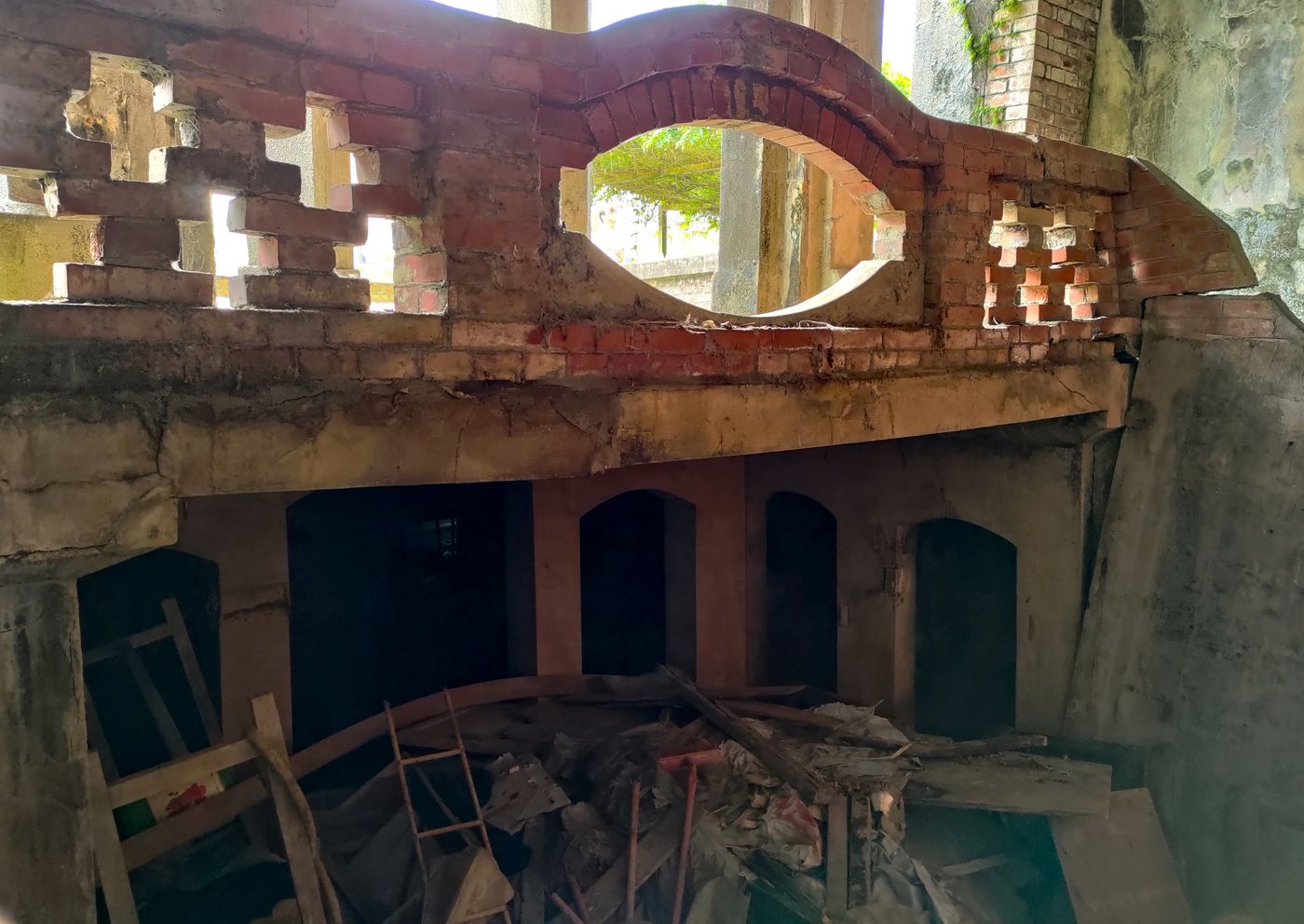
Looking at the Chen Wanqi Ancient House from the river bank on the north bank of Keelung River, its scale is clear at a glance. The pink human-shaped silhouette installation on the pavilion in front, in my imagination, he is a local old man who leads a bicycle to talk about ancient times, telling me about the ancient house in his childhood memory and the history of water returning to his feet that he has seen.

Walk north along the embankment for one kilometer to reach the " Xingguang Bridge ". Every time I take National Highway No. 1 from Taipei to Keelung, I will always see the huge white leaning tower. This time I finally visited it. The old name of Xizhi is "Water Returns Feet", which refers to the fact that the water will rise to the vicinity of the Xingguang Bridge at high tide and return when the tide is low, hence the name.
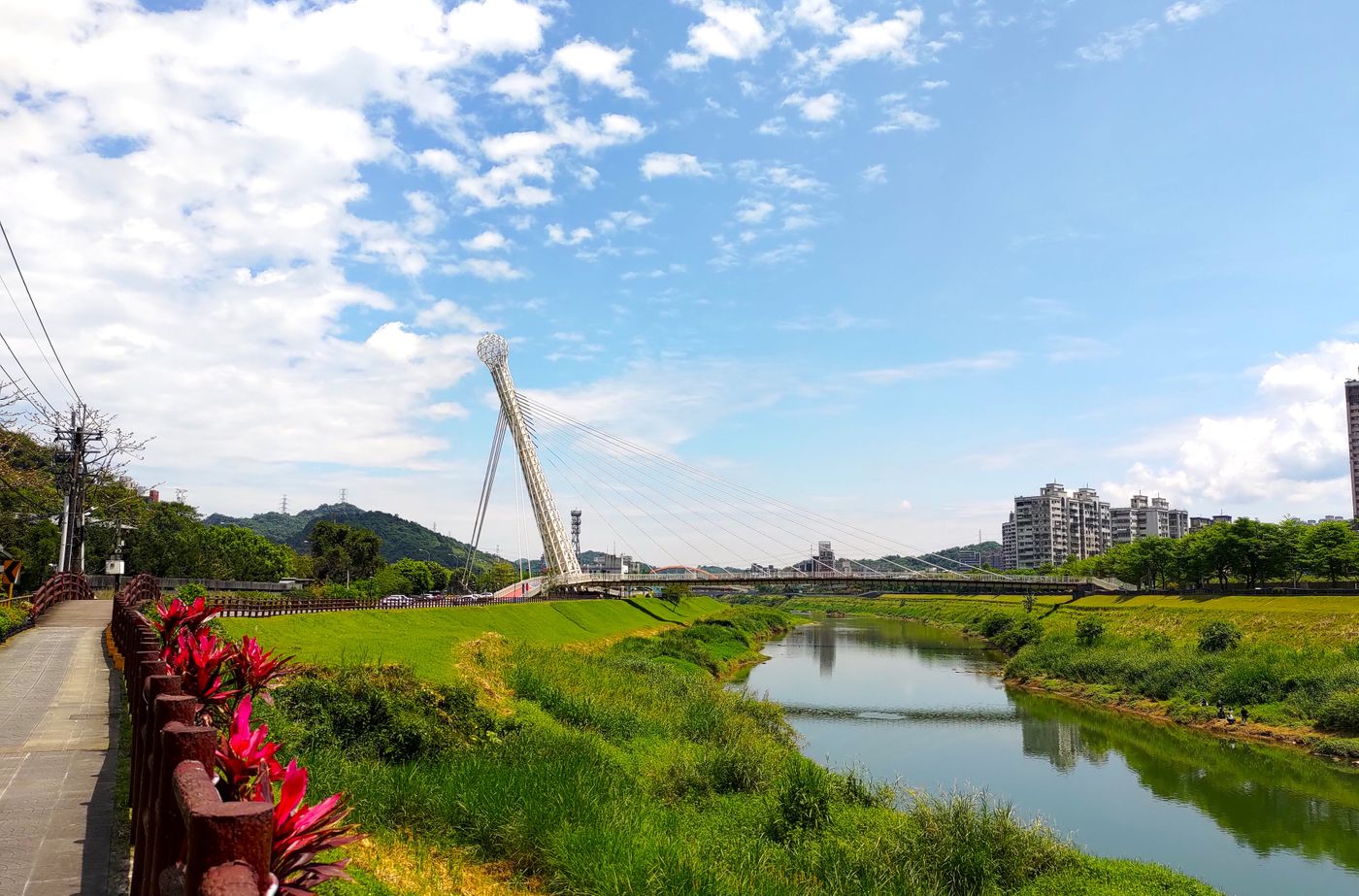
After crossing the Xingguang Bridge and walking back to the South Bank, we slowly proceeded towards the station according to the scheduled itinerary. When we passed the second section of Datong Road, we saw a small and inconspicuous municipal monument under the viaduct of the Provincial Highway-Taiwujia Line, the Jiazhijiao Railway Relic Park .

In June of the thirteenth year of Guangxu (1887), Taiwan Governor Liu Mingchuan built a railway from Taipei to Keelung. Two years later, the track was built to the point where the water returned to the foot, and the " water back to the foot train station " was set up. One hundred and sixteen years later, when the construction unit was digging the foundation of the elevated railway, they dug out many foundation stones for railway bridges, each one meter long, one meter wide and one meter high, arranged in a crisscross pattern. This is a precious relic of railway history, so the cornerstone of this park was established.
If I don't go this time, I really don't know that I underestimate Xizhi too much - in the past, it not only developed water transportation, but also developed land transportation early, it is simply a combination of water and land .
However, the " Jianshun Tea Shop" on the nearby Qizhi Road is older than the Shuihuijiao Railway Station. Jianshun Tea Shop was founded in 1885 by Huang Jianshun, a native of Fujian, which was the most prosperous era of the tea industry. With the changes in the industry, the traditional tea-making industry has gradually declined. The tea shops in the Xizhi area have closed down one by one. So far, only Jianshun Tea Shop is still in operation. Currently, the sixth generation of the Huang family has taken over.
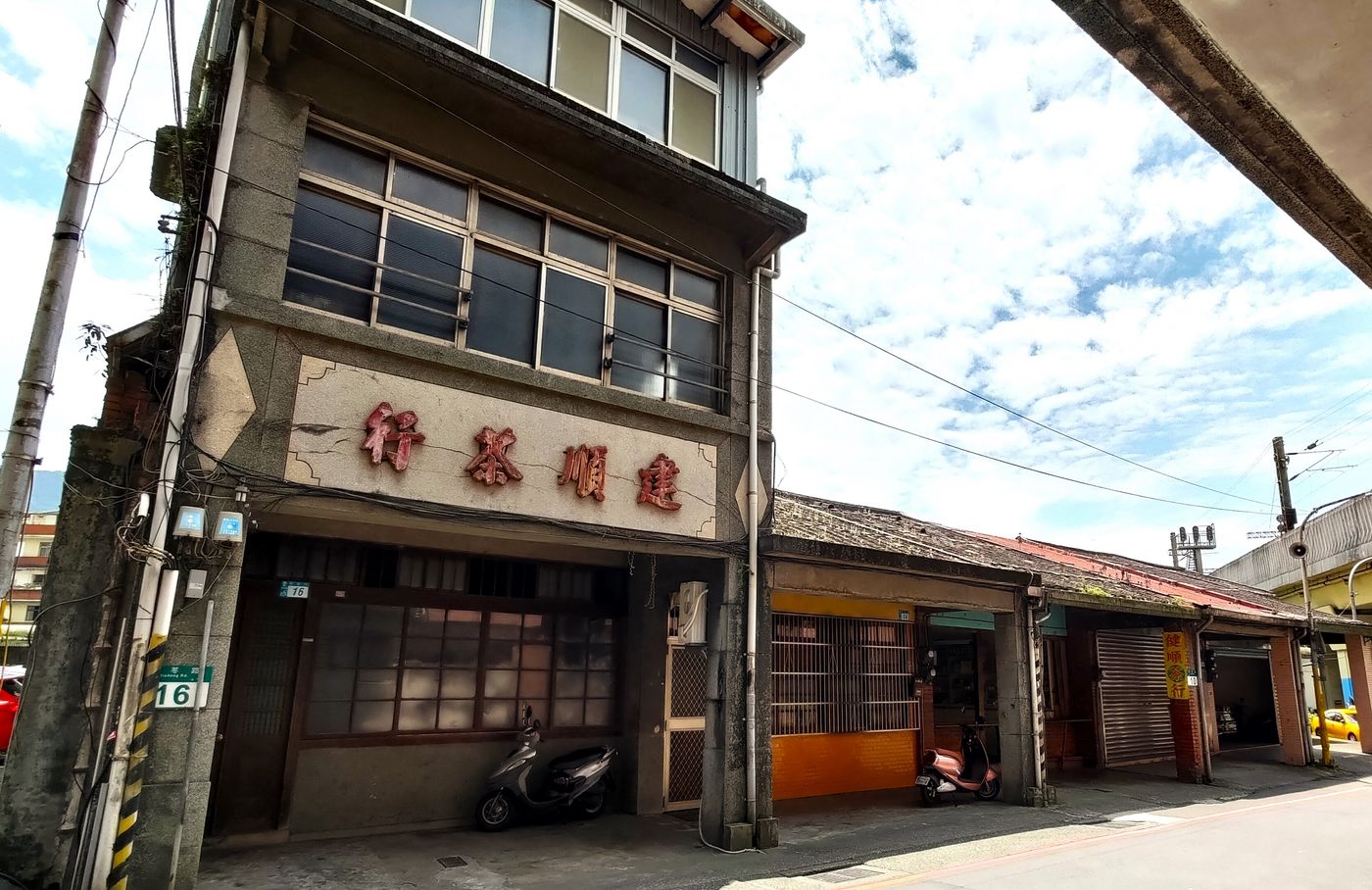
Xizhi, in such a prosperous town a hundred years ago, in my eyes before, there were only floodwaters, Costco, and the Xingguang Bridge that I glanced at while driving at high speed... I was ignorant to the extreme. This trip took nearly four hours, but there are still many ancient houses and other cultural relics, and we didn’t have time to visit; it can be imagined that its heritage is very deep, and it is impossible to fully understand it without doing enough homework and making two more trips. .
The water is back, we'll be back here again!
Like my work?
Don't forget to support or like, so I know you are with me..
Comment…